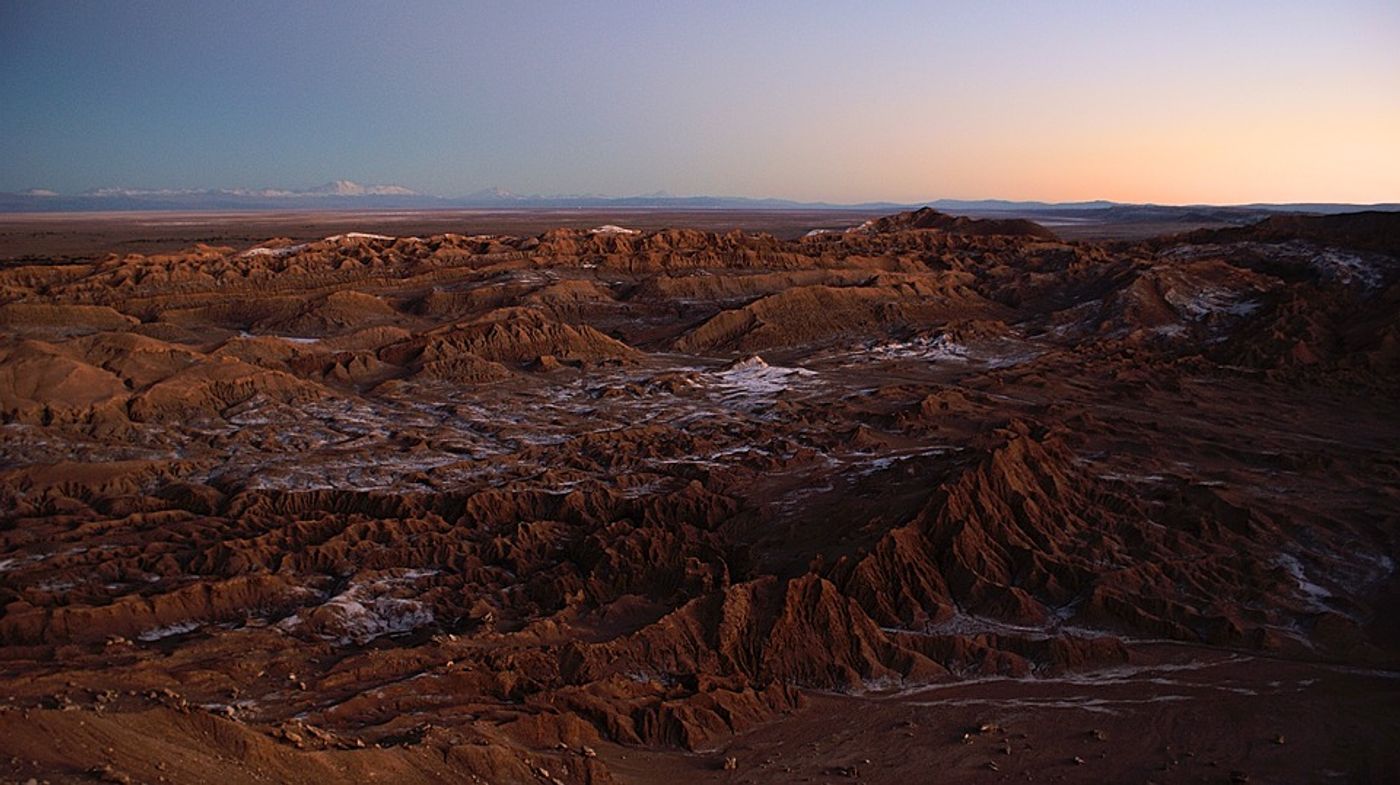The secrets uncovered in the South American Drought Atlas
A crucial new resource has been added to climate science recently: the most recent edition of the South American Drought Atlas. Published in the journal Proceedings of the National Academy of Sciences, the atlas reconstructs 600 years of soil-moisture data in South America, relating the ever-increasing frequency and intensity of droughts and wetness in the region.
While the atlas comments on the climate fluctuations, it does not establish once and for all the level of influence of anthropogenic activity on the changes. Lead author Mariano Morales of the Argentine Institute of Snow, Glacier and Environmental Sciences at the National Research Council for Science and Technology, stated, "Increasingly extreme hydroclimate events are consistent with the effects of human activities, but the atlas alone does not provide evidence of how much of the observed changes are due to natural climate variability versus human-induced warming." Instead, he says, the atlas, "highlights the acute vulnerability of South America to extreme climate events."
"We don't want to jump off the cliff and say this is all climate change. There is a lot of natural variability that could mimic human-induced climate change," furthered coauthor Edward Cook, head of the Tree Ring Lab at Columbia University's Lamont-Doherty Earth Observatory.
Nevertheless, the findings of the moisture impacts on agriculture in the continent have been “alarming,” say the researchers. Covering Argentina, Chile, Uruguay, Paraguay, most of Bolivia, and southern Brazil and Peru, the atlas looks at dendrochronology analyses, using thousands of tree-ring records to build a picture of our climate history.
Referring to the atlas’s main conclusions, co-author Jason Smerdon, a climate scientist at Lamont-Doherty, says, "Everything is consistent with the idea that you'll be intensifying both wet and dry events with global warming.” While southeastern parts of the continent are seeing heavier than normal rains, widespread droughts have affected central Chile and western Argentina, where some years have seen losses of up to two-thirds of some cereal and vegetable crops.
The researchers are currently working on expanding the range of the atlas, using tree-ring records from Peru, Brazil, Bolivia, and Colombia to reconstruct climate history dating back 1,000 years or more, said Morales.
Sources: PNAS, Science Daily









